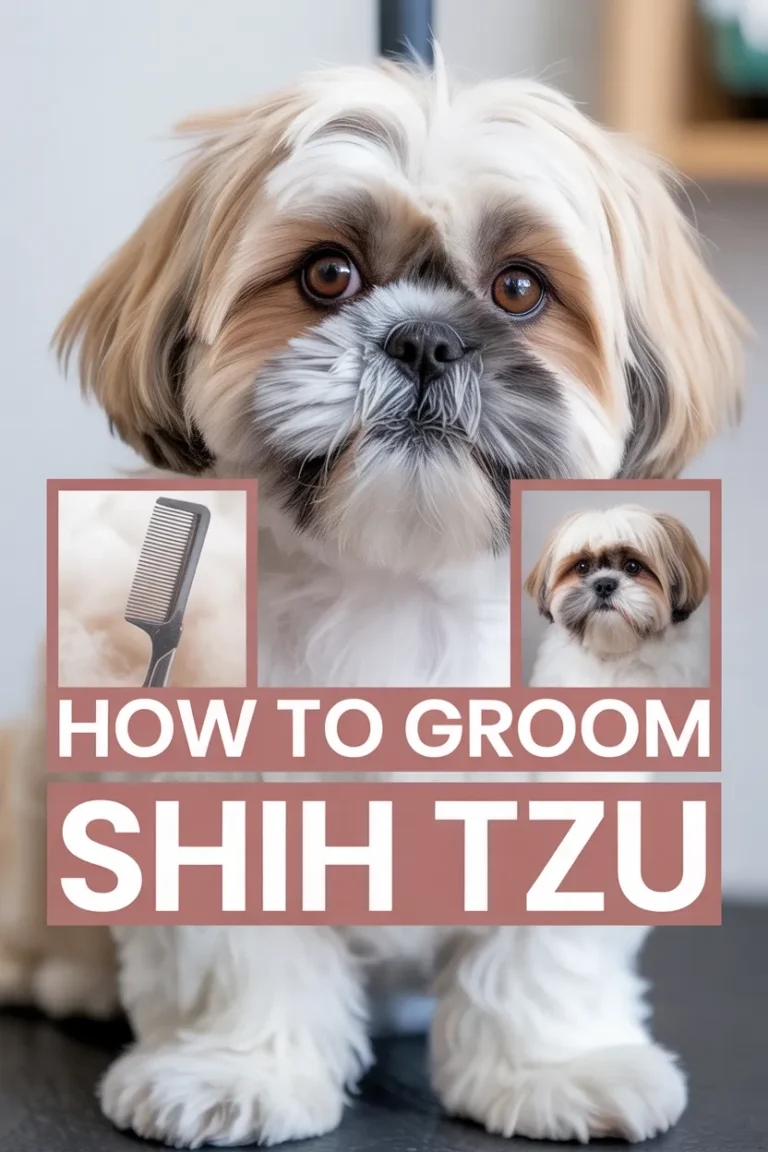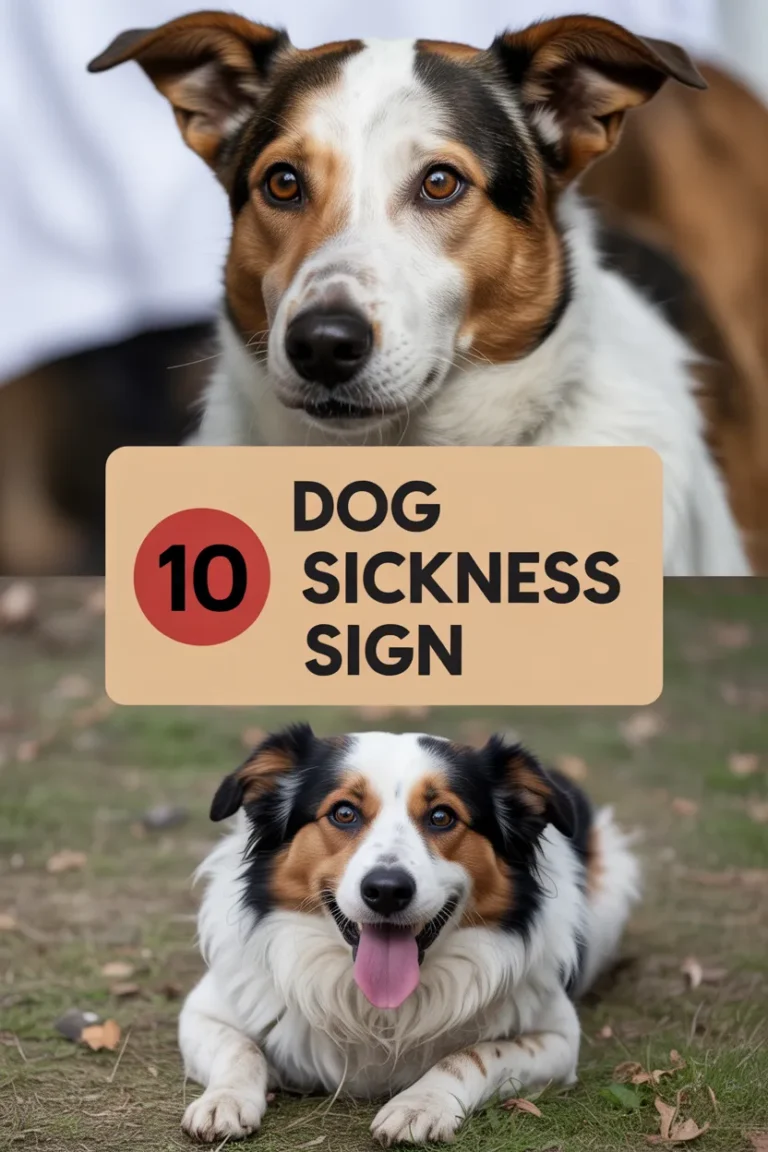How to Introduce Dogs: A Gentle Guide for Stress-Free Meetings
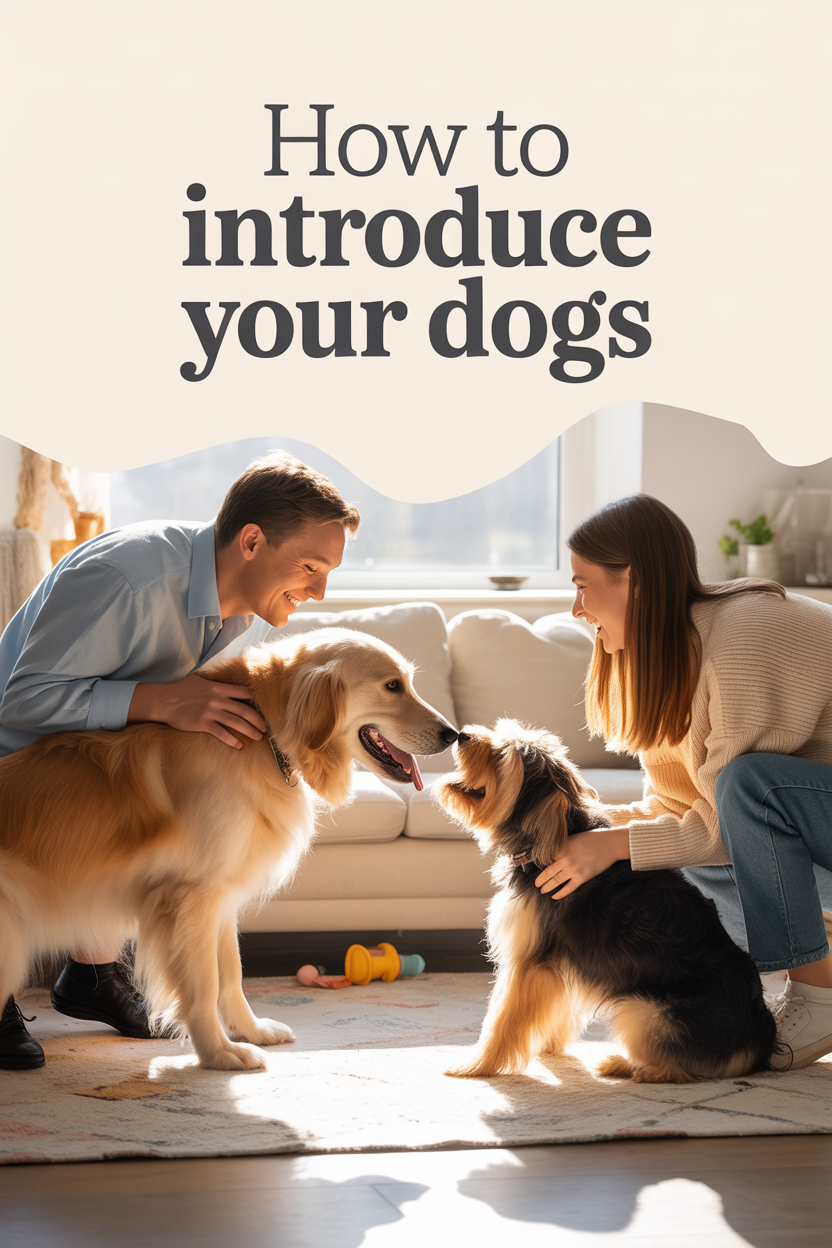
The first time two dogs meet can set the tone for their entire relationship. Whether you’re adding a new puppy to your home or helping your dog meet a friend’s pet, knowing how to introduce dogs can make the difference between a tail-wagging friendship and a stressful encounter.
As a dog lover, I know how much we want our furry companions to get along. That’s why a thoughtful, gentle approach is essential — for their comfort and for your peace of mind.
1. Prepare Before the Meeting
Before you even think about letting the dogs meet face-to-face, plan ahead. Good introductions start with good preparation.
- Know the dogs’ personalities: Is one shy, excitable, or dominant?
- Have both dogs exercised beforehand: A tired dog is calmer and less reactive.
- Choose a neutral location: Avoid introducing them in a space one dog considers “theirs,” like your living room or yard.
Taking these steps reduces the chances of territorial behavior and sets the stage for a friendly greeting.
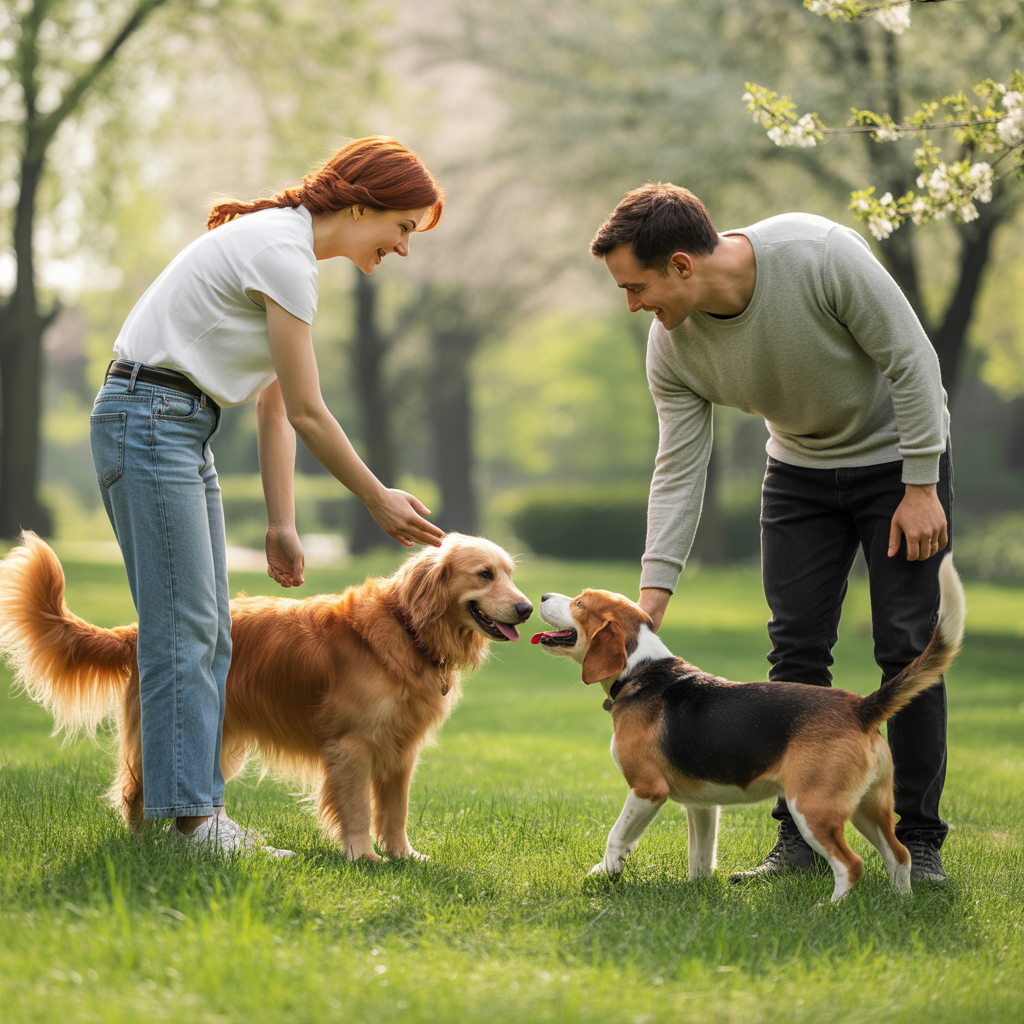
2. Start with Parallel Walking
One of the safest ways to begin when learning how to introduce dogs is through a parallel walk.
- Have each dog on a leash with a handler.
- Walk them side-by-side at a comfortable distance, avoiding direct head-on approaches at first.
- Gradually close the gap as both dogs stay calm.
This allows them to get used to each other’s scent and presence without feeling threatened.
3. Watch Body Language Closely
Understanding canine body language is key in knowing how to introduce dogs. Positive signs include relaxed tails, soft eyes, and gentle sniffing. Warning signs to look for include:
- Stiff posture
- Raised hackles
- Intense staring
- Growling or lip curling
If you see tension rising, create distance and let both dogs calm down before trying again.
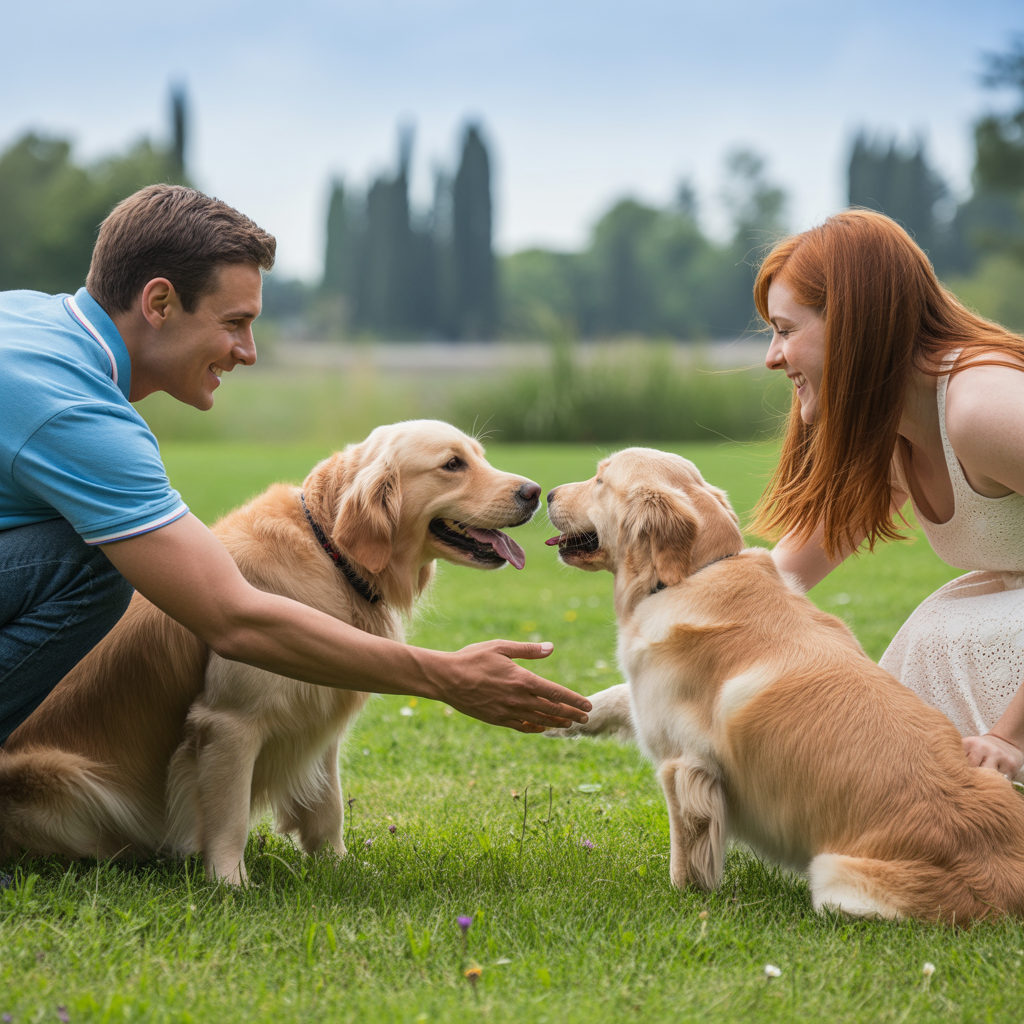
4. Allow Sniffing, But Keep it Brief
Once both dogs seem relaxed, you can allow a controlled sniff. This is how dogs say “hello” and gather information.
Keep leashes loose to avoid tension, and pull them apart gently if either dog becomes too excited or starts showing signs of discomfort.
5. Use Positive Reinforcement
When you’re figuring out how to introduce dogs, rewards are your best friend. Praise both dogs for calm behavior, offer treats, and keep your own energy steady and confident.
By associating each other’s presence with good things, you increase the chances of a positive connection.
6. Gradually Increase Interaction Time
Friendship takes time. Let the dogs interact for short periods and separate them before either gets overwhelmed. Over time, you can allow them to spend longer periods together, both on and off leash (in a safe, enclosed area).
7. Introducing a Puppy to an Adult Dog
Puppies can be bouncy and overwhelming for older dogs. When learning how to introduce dogs in this situation:
- Let the puppy burn off energy before the meeting.
- Give the adult dog plenty of space to retreat if needed.
- Supervise all interactions until you’re confident in their behavior together.
8. Special Considerations for Rescue Dogs
Rescue dogs may have unknown histories, making introductions trickier. Go slower, keep sessions short, and be extra mindful of body language. Sometimes, multiple short sessions are better than one long one.
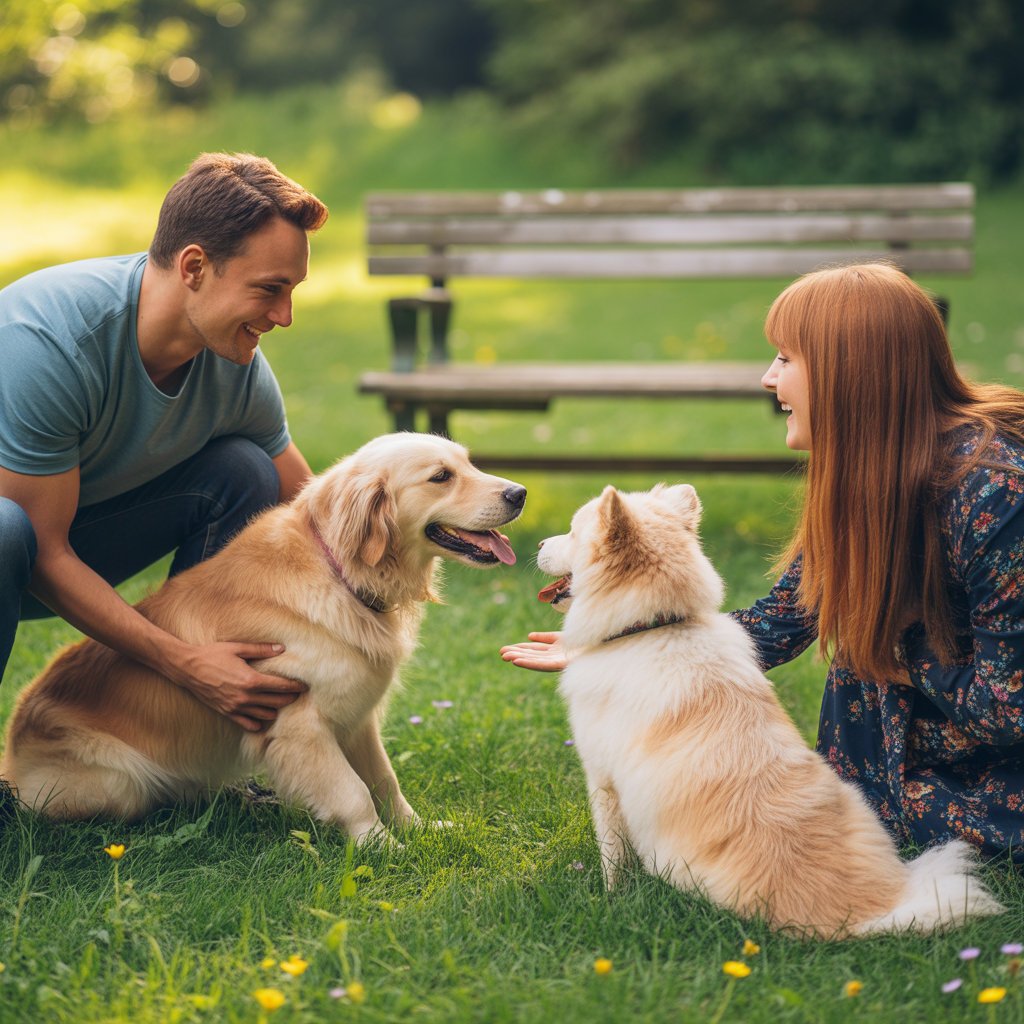
Final Thoughts
Knowing how to introduce dogs isn’t just about preventing fights — it’s about laying the foundation for a lifelong friendship. By being patient, observant, and calm, you’re showing both dogs that they can trust you and each other.
Every wag, sniff, and gentle nudge is a step toward a bond that can bring joy to both pups — and to you, the proud and loving pet parent who made it happen.

